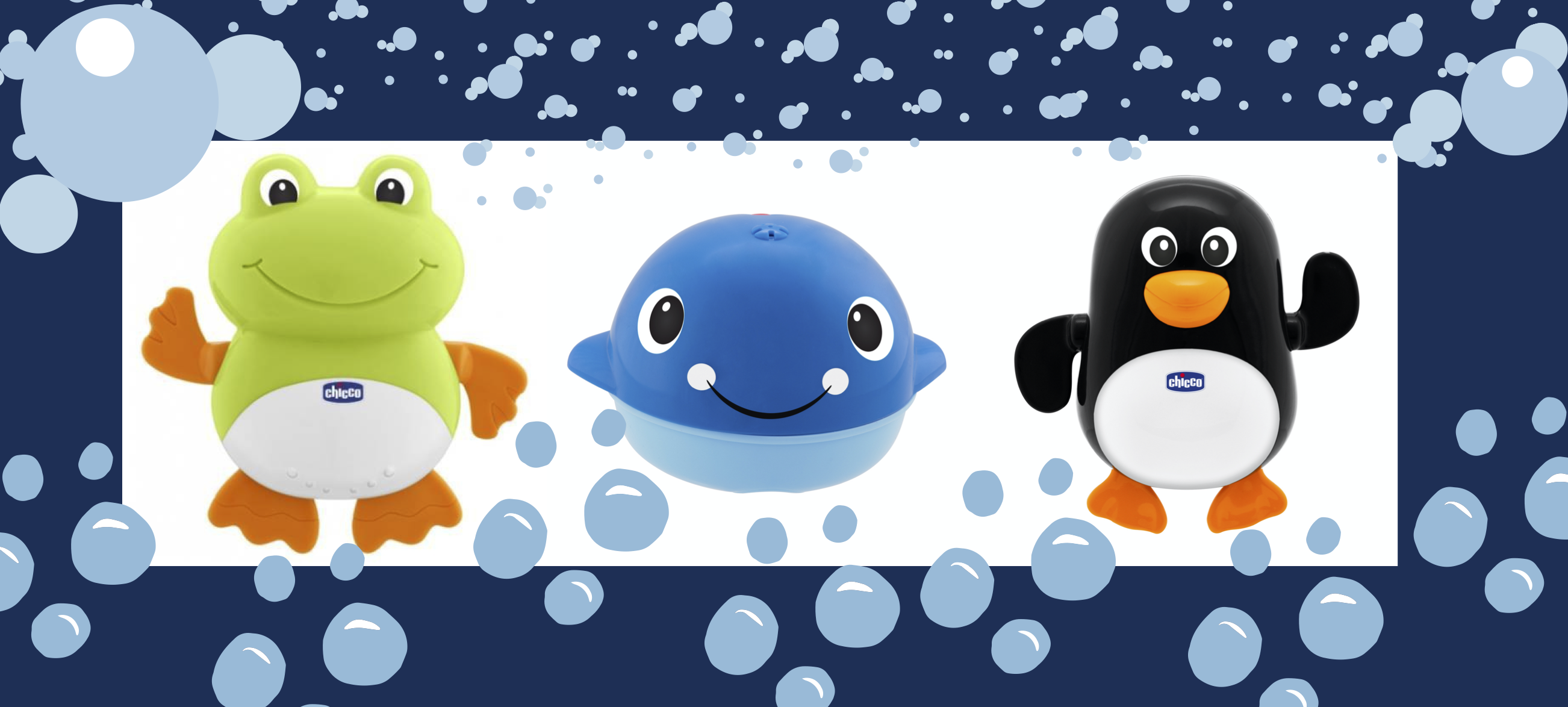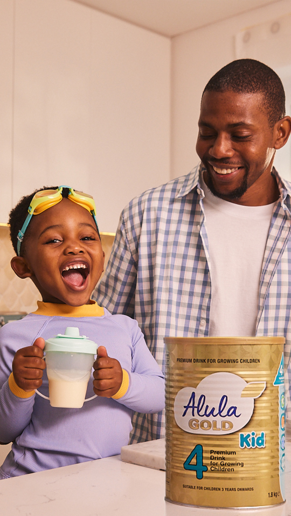The past year has challenged parents in many ways including finding endless at-home activities to keep kids entertained while ensuring they continue to learn and develop outside of a traditional classroom environment. Fostering creativity, being able to think out of the box, brainstorming, generating new ideas and improving on existing ones are important tools for young minds. Which is why Play-Doh continues to captivate the imaginations of children around the globe, providing them with the best in colourful, creatable, makeable adventures! High quality Play-Doh compound is non-toxic and is made up predominantly of simple ingredients including water, salt and flour. As children’s safety is always Hasbro’s top priority, Play-Doh compound undergoes vigorous testing to ensure it meets (and exceeds) all applicable global safety standards and regulations. This is why, after more than 64 years, Play-Doh remains a loved and trusted brand for parents, caregivers and teachers worldwide! A classroom favourite, Play-Doh combines the fun with essential development and learning benefits (listed below). Providing ideal opportunities to practice and nurture kids critical thinking and problem solving, communication, collaboration and creativity skills while exploring a range of topics and skills including language, math, science, social studies, and the arts. Additionally engaging toddlers and young children (ages 2-6 years) with sensory, open-ended play activities can help them prepare for the big, elaborate world. Combine the fun with essential development and learning benefits: Play-Doh encourages creativity and imagination by providingyour child with unlimited moulding possibilities and the freedom to explore. Creating different shapes or mixing different Play-Doh colours together to discover a new colour, can assist children in growing their curiosity, develop cognitive exploration and enhance their mathematical thinking. All the squishing, rolling, flattening and shaping helps to enhance fine motor skills by developing and strengthening hand muscles, which encourages pre-writing and other motor skills such as cutting with scissors, using tweezers, holding a pencil etc. The tactile, hands-on nature of Play-Doh compound can also help encourage development of hand-eye coordination. Play-Doh offers kids a multi-sensory experience allowing them to learn about their world through touch, sight and smell. Sitting and squishing Play-Doh is also a very calming and soothing activity, which eases tension, releases extra energy as well as improves focus and concentration. Playing with Play-Doh in a small group and/or with adults presents opportunities for children to develop social skills such as collaborative problem solving, planning and playing as well as learning to effectively communicate ideas or discuss what they are making. Children can also learn to effectively engage in individual play sharpening their focus, patience and concentration skills. Nominate a teacher for the #CansOfKindnessAward! For many the past year has also renewed our appreciation for the incredible job that teachers do to keep kids inspired, motivated and encouraged while learning! This is why Play-Doh is calling on the kids to nominate their favourite Grade 0 or Grade 1 teacher for the #CansOfKindnessAward! Stand the chance to win an exciting Play-Doh hamper, while the winning teacher will receive a year’s supply of Play-Doh for the classroom. All you have to do is post a video to FB @PlayDohSouthAfrica of your kid telling us about their incredible teacher and use #CansOfKindnessAward. Entries close 26 February 2021. For more inspiration visit @PlayDohSouthAfrica on Facebook Play-Doh is available from Toy Kingdom, Toys R Us, ToyZone, Takealot.com and other major retailers. PARENT GUIDE Some fun activities designed to ensure kids have fun while learning At its core, Play-Doh is creativity – providing endless interactive play options. Guide your child to explore different shapes, forms and colours, which increases curiosity and knowledge while developing their fine motor skills and hand to eye coordination. Play-Doh allows children the flexibility to experiment and develop their own stories and leads to innovative, imaginative thinking and increased confidence down the line. Engaging in child-adult conversation, assists with communication and vocabulary growth – ask questions and allow your child to practice critical thinking and decision-making skills. Repetition can be a great way to reinforce the skills you’ve explored. Have fun doing the activities multiple times and in different ways! All Set for some Play-Doh fun! Get creative with Sticky the Octopus! Gather the materials you’ll need: 4 Play-Doh colours Red or pink A light colour i.e. white or yellow A darker colour i.e. blue Your favourite colour Toothpick/ fork/ beads Using your favourite colour roll out a round-shaped ball for the head Roll two small balls (in your lightest Play-Doh colour) for the eyes and place two smaller circles in a darker colour on top for the pupils. Add the eyes to head Curl eight ‘snake shapes’ in the same colour as your head for the tentacles Attach the tentacles to the bottom of the head Use your toothpick or fork to ‘scratch’ lines, circles or any pattern onto the tentacles as decoration Make 30 small balls in a contrasting colour and add them onto the tentacles and head If you’d like add beads as decoration – press these into the tentacles for added colour and texture (please note if adding beads to Octopus creation – the Play-Doh will not be able to be reused). Roll a short thin red/ pink piece of Play-Doh and complete your Octopus by adding a bright smile. If you are feeling extra creative shape a top hat or a bow tie for your Octopus to wear or create a beach ball for your Octopus to ‘play’ with. Skills match: fine motor skills, creativity, collaboration, sensory play (Task source Una van Staden, Pikanini) Play-Doh Faces Fun Making Play-Doh faces is so much fun and a great way for kids to learn about their bodies more specifically the face while developing fine motor skills. Before starting the activity discuss the different parts of the face and the shapes and size each aspect has in relation to each other i.e. eyes, ears, hair, nose, and mouth. Create a Face Mat – on a blank sheet of A4 paper draw a round circle for ahead with shoulders



































